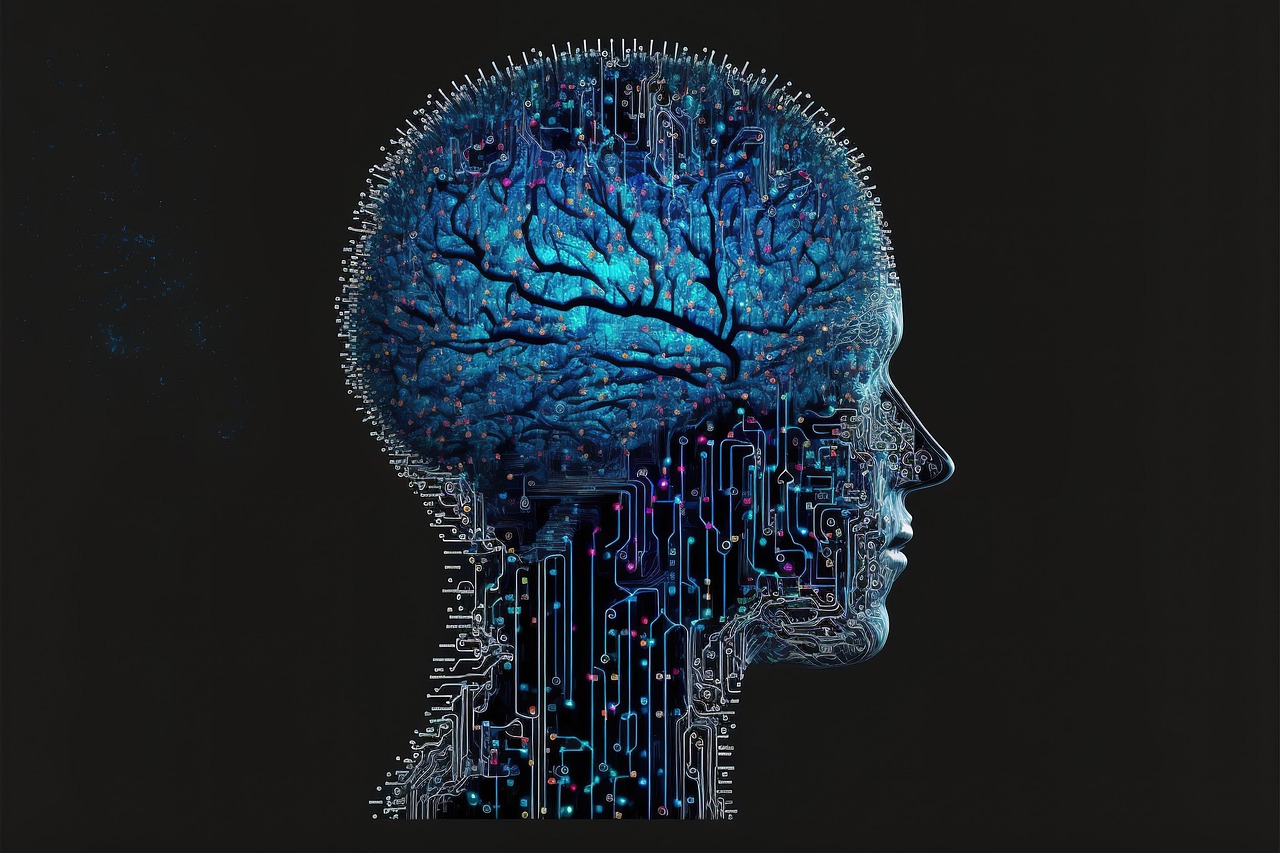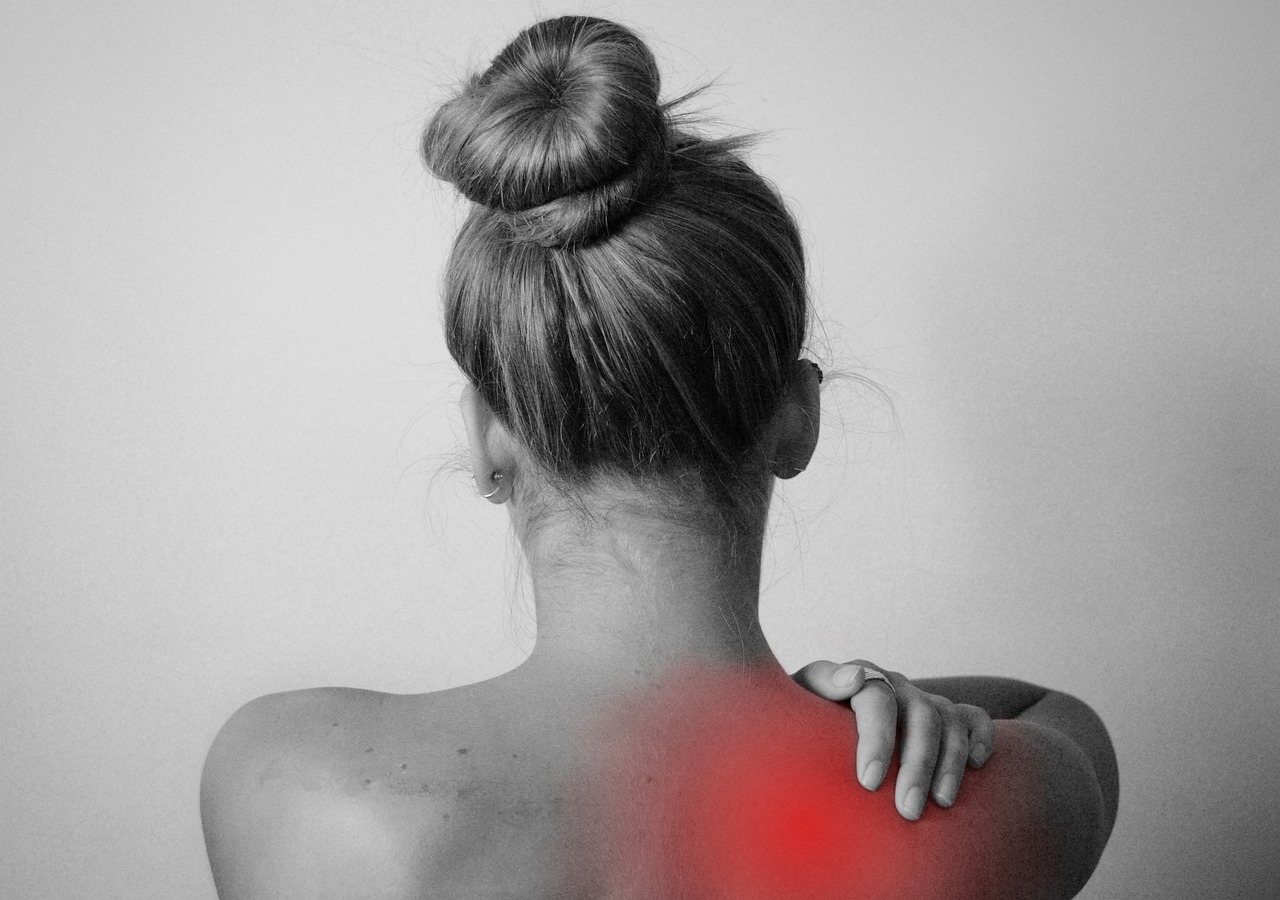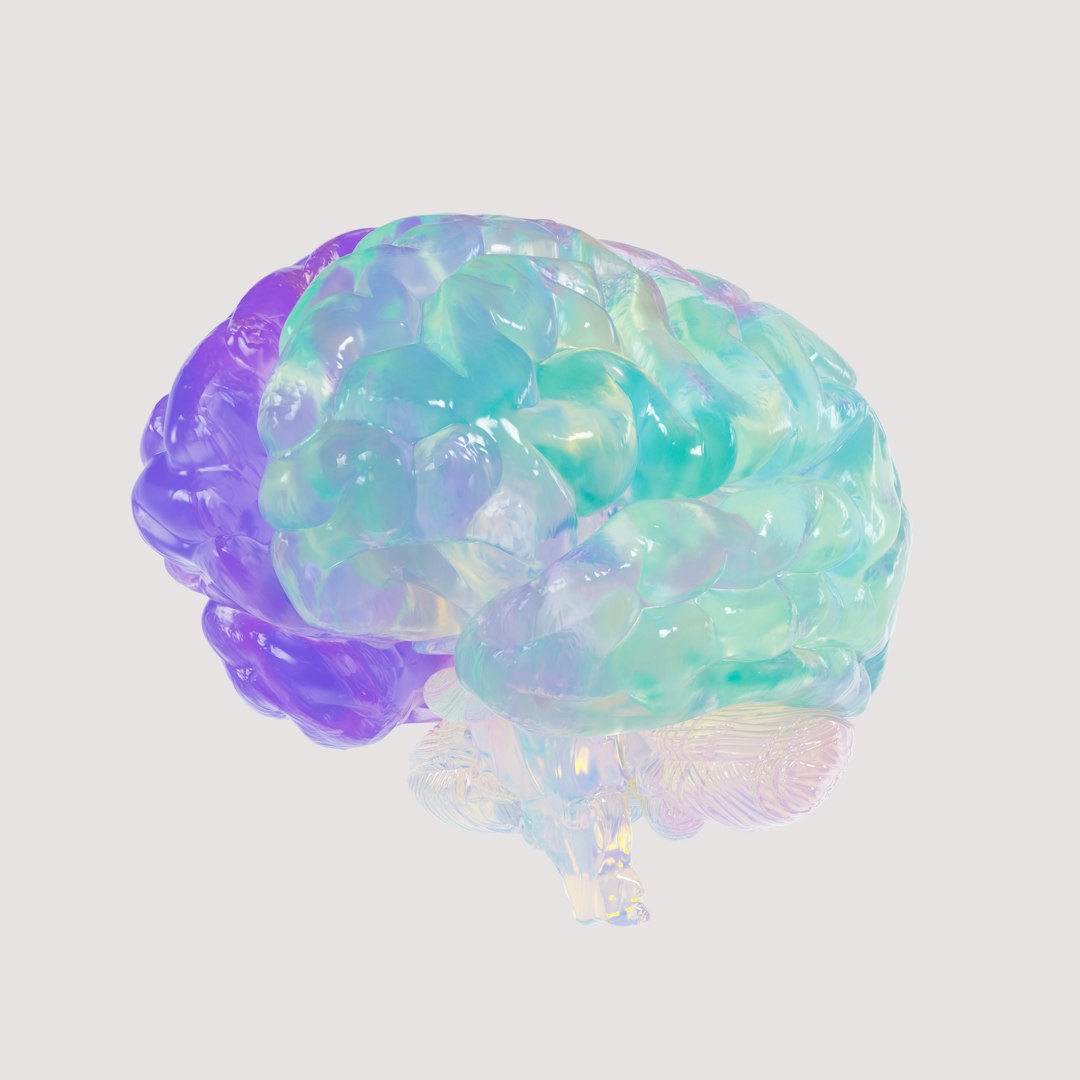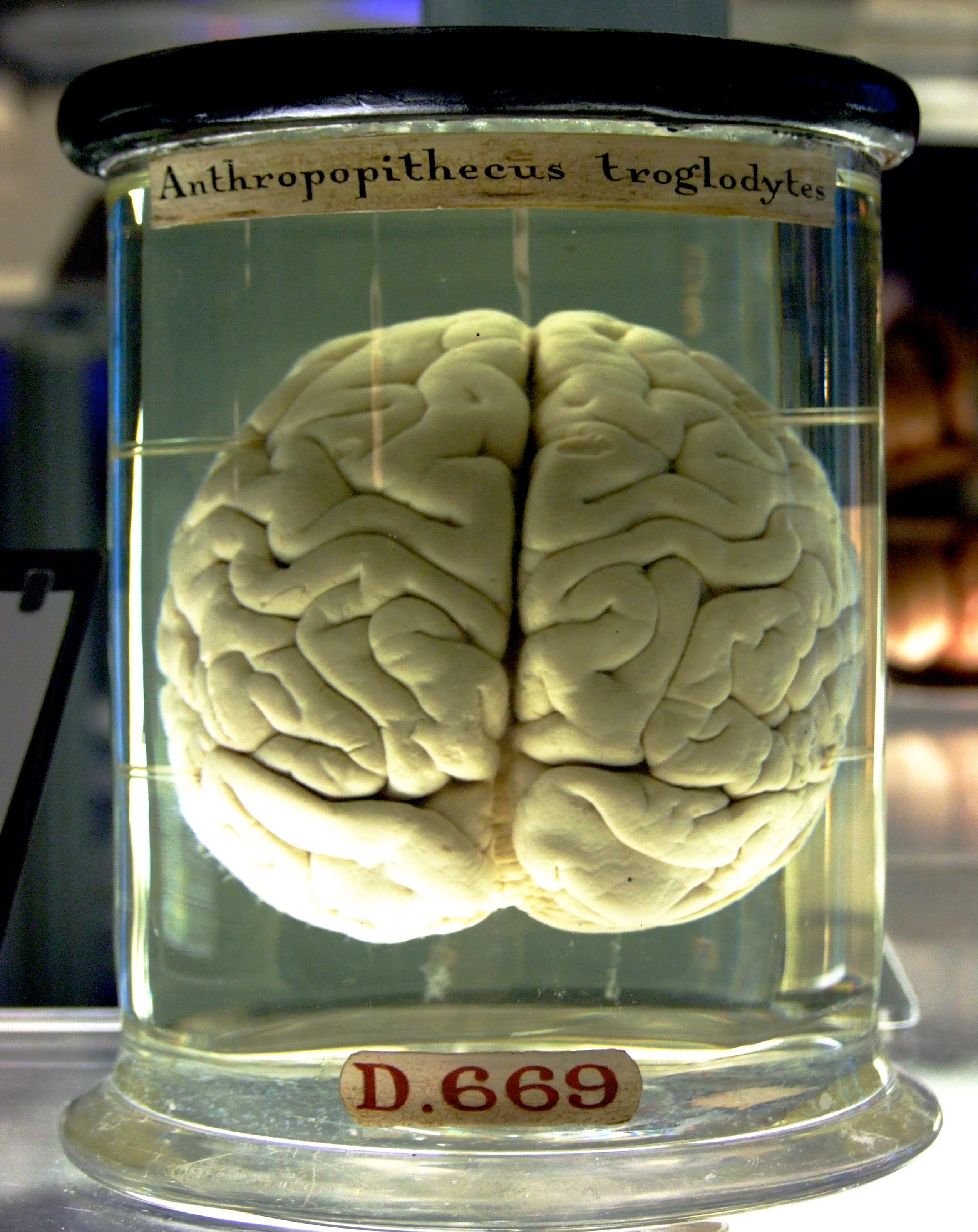Your Brain Rebels Against Familiar Triggers

Something remarkable happens when you start breaking free from old patterns – you can make lasting changes by consciously visualising your future self and crafting a detailed plan. Your mind begins to resist the familiar cues that once automatically led to unwanted behaviors. When you’ve tried to break the habit of waking up and immediately checking your phone, habits are triggered by context or environmental cues, psychological patterns, and physiological responses. The first sign you’re truly shedding old patterns is when these triggers stop having their usual grip on you.
Think about it like rewiring an old house. Modern neuroscience research has revealed that successful habit formation operates primarily through synaptic strengthening in cortico-basal ganglia circuits, with the striatum and basal ganglia playing key roles in automatic processing. When you notice yourself pausing before reacting to familiar situations, or feeling genuinely uncomfortable with behaviors that once felt natural, your brain is literally creating new pathways.
Physical Discomfort Signals Deep Change

We usually associate withdrawal with addictions, but any sudden breaks in longstanding patterns can trigger similar reactions. Your body might feel restless, anxious, or even slightly off-balance as you break free from established routines. This isn’t just psychological – it’s your nervous system adjusting to a new reality. Evidence indicates that when this pattern is disrupted or life dramatically shifts, we quickly and impulsively seek to establish new routines and habits in a new environment.
Research shows that almost half of our activity can be automatic, so when you start changing these automatic responses, your body literally doesn’t know what to do with itself. You might find yourself reaching for your phone when you’re trying to quit social media, or feeling an empty sensation when you skip your usual evening glass of wine. This discomfort is actually a positive sign – it means the old neural pathways are weakening.
Your Self-Talk Shifts from Criticism to Curiosity

One of the most profound signs of breaking free from old patterns is a fundamental shift in how you talk to yourself. Metacognition is thinking about the way we think, including how we use language. If the way you talk about exercise is, “I hate it, it’s hard, it hurts,” then you’re probably not going to crave that experience. When you’re truly changing, your internal dialogue moves from harsh self-judgment to genuine curiosity about your progress.
Self-directed neuroplasticity is when you intentionally rewire your brain to create positive habits. People do this primarily through active reflection. Instead of beating yourself up for slip-ups, you start asking questions like “What triggered that response?” or “How can I support myself better next time?” This shift isn’t just positive thinking – it’s evidence that your brain is developing new neural pathways for self-compassion and problem-solving.
Small Victories Feel Genuinely Meaningful

No modification in your unproductive behavior habits is significant, no matter how minor. So, pat yourself on the back for each small accomplishment you achieve on your journey to transformation. When you’re genuinely breaking free from old patterns, tiny wins start feeling surprisingly satisfying. Choosing water over soda, taking the stairs instead of the elevator, or spending five minutes in meditation might feel like major accomplishments.
This isn’t about lowering your standards – it’s about your brain rewiring its reward system. According to wellness coaching principles, when you consistently follow through on commitments, you develop greater self-efficacy and belief in your ability to change, which can help rewire neural pathways for positive habits.
The Old You Feels Like a Stranger

Perhaps the most striking sign that you’ve truly shed old patterns is looking back at your former self with a sense of bewilderment. The good news is that harmful behavior patterns can be relearned and replaced with healthier ones like any other habit can be. You might find yourself thinking, “I can’t believe I used to do that every day” or “How did I function living that way?” This isn’t judgment – it’s recognition of genuine transformation.
Neuroplasticity, the brain’s capacity to reorganize itself by forming new neural connections, is central to modern neuroscience. Once believed to occur only during early development, research now shows that plasticity continues throughout the lifespan, supporting learning, memory, and recovery from injury or disease. When old behaviors feel foreign rather than tempting, you’ve successfully created new neural pathways that have become your brain’s default settings.
Breaking Free is a Process, Not a Destination

Understanding these signs helps you recognize real progress versus temporary motivation. These neurological changes occur predictably when specific conditions are met consistently over time, typically requiring 66 days for complete automation according to research conducted at University College London. The key insight is that breaking free from old patterns isn’t about willpower – it’s about working with your brain’s natural capacity for change.
The fusion of Neuroplasticity and habits presents an avenue for orchestrating positive change and personal growth. Armed with the knowledge of the brain’s rewiring prowess, we possess the means to recalibrate our behaviors and reshape our lives. By harnessing the brain’s remarkable adaptability, we have the capacity to embark on a transformative journey toward lasting, impactful change – one habit at a time. Remember, every moment of discomfort, every small victory, and every shift in perspective is your brain literally rewiring itself for a better future.




